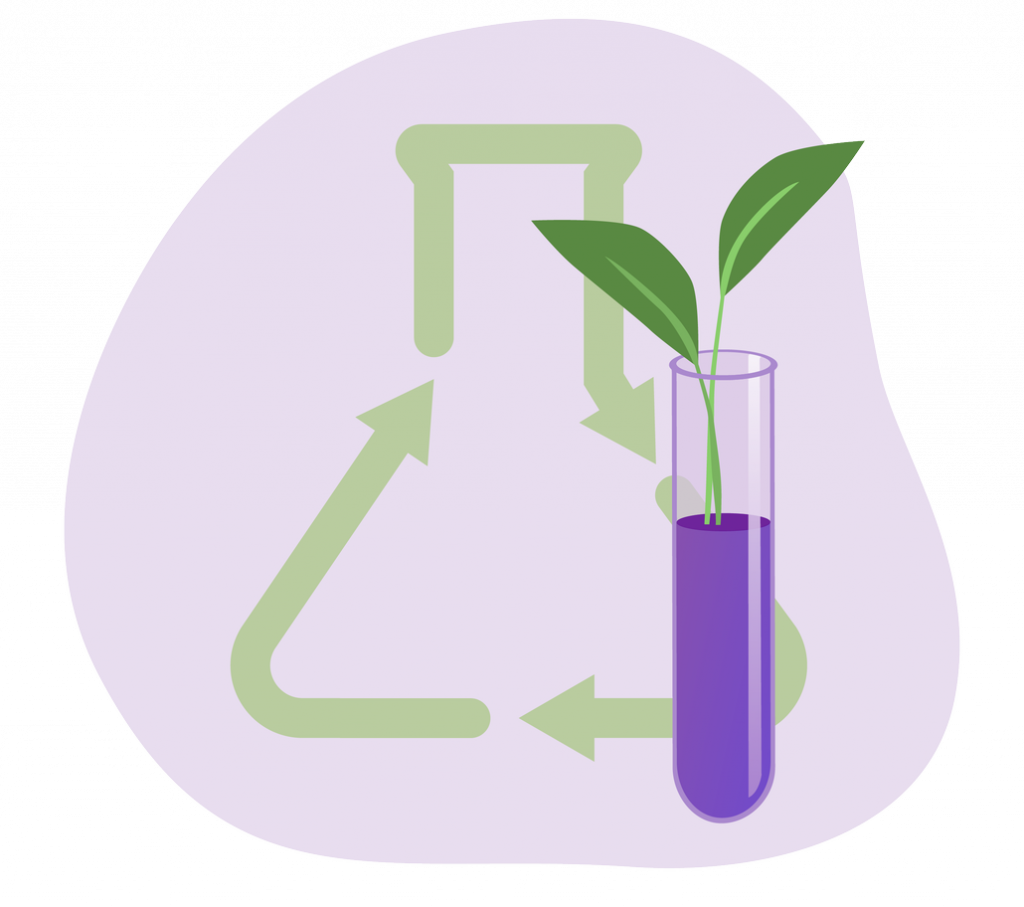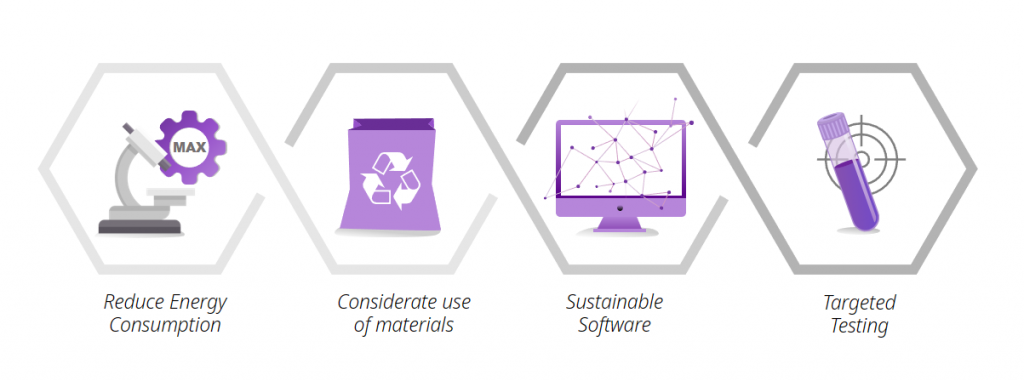In the context of sustainability, the concept of the 5Rs is often mentioned: Reuse, Refuse, Reduce, Rethink, and Recycle. [1]. However, in the field of medicine, especially diagnostics, full implementation of these principles is extremely difficult. A descriptive concretization of the problem arises when one considers the handling of the pandemic situation surrounding COVID-19 in recent years. Regulary testing for the virus was at times conducted several times a week in schools, kindergartens, businesses, and other facilities. To slow down the visus spread and keep us safe, this measure was essential. But therefore it necessarily produced an enormous amount of additional waste. Compared to the rapid and severe health consequences of increased virus spread, it still appears to cause less harm.
The classic approaches are not applicable here? Rethinking is required!
In contrast to other areas of life, saving materials or reusing them is not an option. This can be explained by the strict quality requirementswhich, although justified, make certain approaches such as reusing or rejecting products (purely from a sustainability point of view) difficult to implement at present. In addition, efficient recycling is more difficult because it is often accompanied by a (significant) degradation of the materials (so-called downcycle). This is not compatible with the high regulatory (quality) criteria. Instead, it is important to consider other options. In order to improve the sustainability of work in medical laboratories without compromising quality, there are various approaches:
Equipment management to reduce energy consumption: In laboratories, a considerable amount of energy is often required to operate the (large-scale) equipment and instruments. In the technical field, the focus is not only on improving functionality; higher efficiency is also increasingly demanded, especially in times of energy crisis. When purchasing new equipment, such as freezers, the focus is not only on price but also on energy consumption. Given the rise in energy prices, a relatively more expensive model can have lower life cycle costs overall and thus be advantageous not only from an environmental point of view. In addition, considerable savings can be achieved by fine-tuning appliances (e.g., raising the temperature of the freezer by a few degrees) and optimizing utilization. For example, thanks to the use of motion sensors, the device can be switched off automatically or put into energy-saving mode in case of inactivity.
Sustainable software: Sustainability can be improved not only through the use of more modern hardware, but also through the software used. Often, monolithic, historically grown systems and isolated solutions with partly overlapping services are in use, which do not perform too well from a sustainability point of view. Particularly in terms of digital transformation, but also from an ecological and economic perspective, attention must be paid to the development and use of sustainable software. Dies inkludiert u.a. This includes criteria such as the use of open interfaces (e.g. FHIR) and standards (e.g. LOINC, SNOMED CT), modularity, a decentralized architecture, and the decoupling of software and hardware. [2]. More efficient use of the generated data (e.g., with the help of machine learning) can also provide added sustainability value in the downstream process.
Considerate procurement and use of materials: In principle, a stronger focus should be placed – where possible – on sustainability in the production of laboratory materials and on materials that are easier to recycle. To combat plastic waste, we can transition from disposable items to reusable glass alternatives. Glass not only offers durability but also allows for safe reuse and autoclaving when necessary. This shift towards sustainability promises a cleaner, greener future for our planet. Some suppliers also offer recycling programs for their laboratory products.
In addition, the amount of chemicals and other utensils required can be reduced by optimizing laboratory processes. The best possible system utilization, for example by precisely maintaining an optimal fill level in equipment, helps to achieve these goals.Targeted testing: It is not only in the laboratory itself where sustainability measures, also the diagnostic process can take effect and inefficiencies can be avoided; the selection and request of tests have a major influence on the use of available resources. More and more diagnostic possibilities allow early and precise diagnosis as well as targeted treatment. As a consequence, the need for usually more complex and resource-intensive interventions and costly follow-up treatments can be reduced. Accordingly, efficient use of the available testing options enables enormous savings to be made. In this context, appropriate diagnostic and laboratory pathways as well as decision support systems can relieve the burden with effective step-by-step diagnostics.
Overall, there are many ways to make laboratory work more environmentally friendly. By implementing them, diagnostics can become a much more sustainable part of healthcare. Technical and material developments make it possible for this to happen not at the expense of the population, but actually to its advantage. This would allow earlier treatment of patients with better and faster recovery. This would be beneficial not only for the health care system, but also for the patients themselves. The complete changeover will still take some time, but a lot will happen in this area in the future.
We set sustainable, for a better future
medicalvalues already offers a solution for more sustainable diagnostics and especially addresses the aspect of more targeted testing. The inclusion of patient data, apart from age and gender, for potential diagnoses enables a more concrete risk assessment. In particular, this makes symptom-based testing requirements possible for non-specific suspected diagnoses. On this basis, the most probable clinical pictures are determined individually for all patients and the tests required for diagnosis are identified. This increases efficiency in terms of time, materials and resources. But that is not all. In practice, there is often a duplication of tests that is not indicated. Historical values already available are not included or are wrongly considered as parameters with rapid change. With the software of medicalvalues these double tests can be prevented. Recommended test intervals, as well as historical values, are automatically taken into account for each decision-making process. Redundant duplications and the associated consumption of materials and resources are thus avoided – instead, more targeted tests are suggested for the respective case. Through digitization and the use of artificial intelligence, we go one step ahead and make diagnostics not only more effective, but also more sustainable and advanced at the same time.
References:





